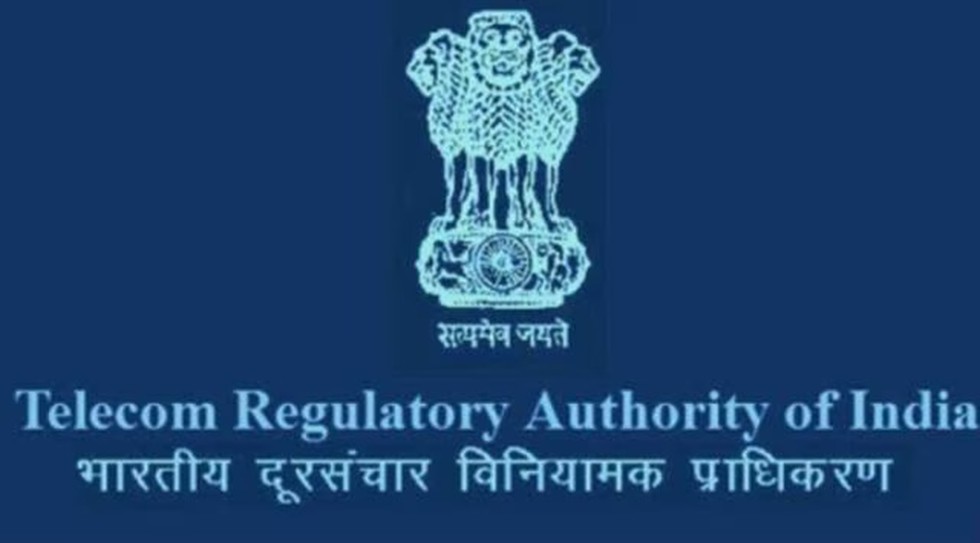About Telecom Regulatory Authority of India (TRAI)
- Established under the Telecom Regulatory Authority of India Act, 1997, passed by Parliament.
- Primary mandate: To regulate telecom services in India including tariff fixation/revision, which was earlier the domain of the Central Government.
- Scope of regulation: Covers areas like tariffs, quality of service, interconnection, spectrum management, and consumer protection in the telecom sector.
- Policy role: Issues regulations, recommendations, and orders that guide telecom policy-making and market practices.
Composition of TRAI
- Consists of a Chairperson, a maximum of two full-time members, and two part-time members.
- Appointments are made by the Central Government.
- Tenure: Members serve for three years or until the age of 65 years, whichever is earlier.
Extent of Government Control over TRAI
- Not a fully independent body – operates under certain executive constraints:
- Under Section 25 of the TRAI Act, the Central Government can issue binding directions to TRAI.
- TRAI’s funding is provided by the Central Government.
- TRAI's recommendations are advisory, not binding; however, the Government must consult TRAI for licensing of service providers and related matters.
- TRAI can notify telecom service rates in the Official Gazette for services within and outside India.
Joint Committee of Regulators (JCoR)
- Objective of JCoR: A TRAI-led platform for fostering cross-sectoral collaboration between regulatory bodies across telecom, IT, consumer affairs, banking, insurance, and financial markets.
- Created to address regulatory challenges in the digital ecosystem, especially in areas like fraud prevention, spam control, and digital consumer protection.
- Members: Includes representatives from RBI, SEBI, IRDAI, PFRDA, MoCA, MeitY, with DoT and MHA as special invitees.
